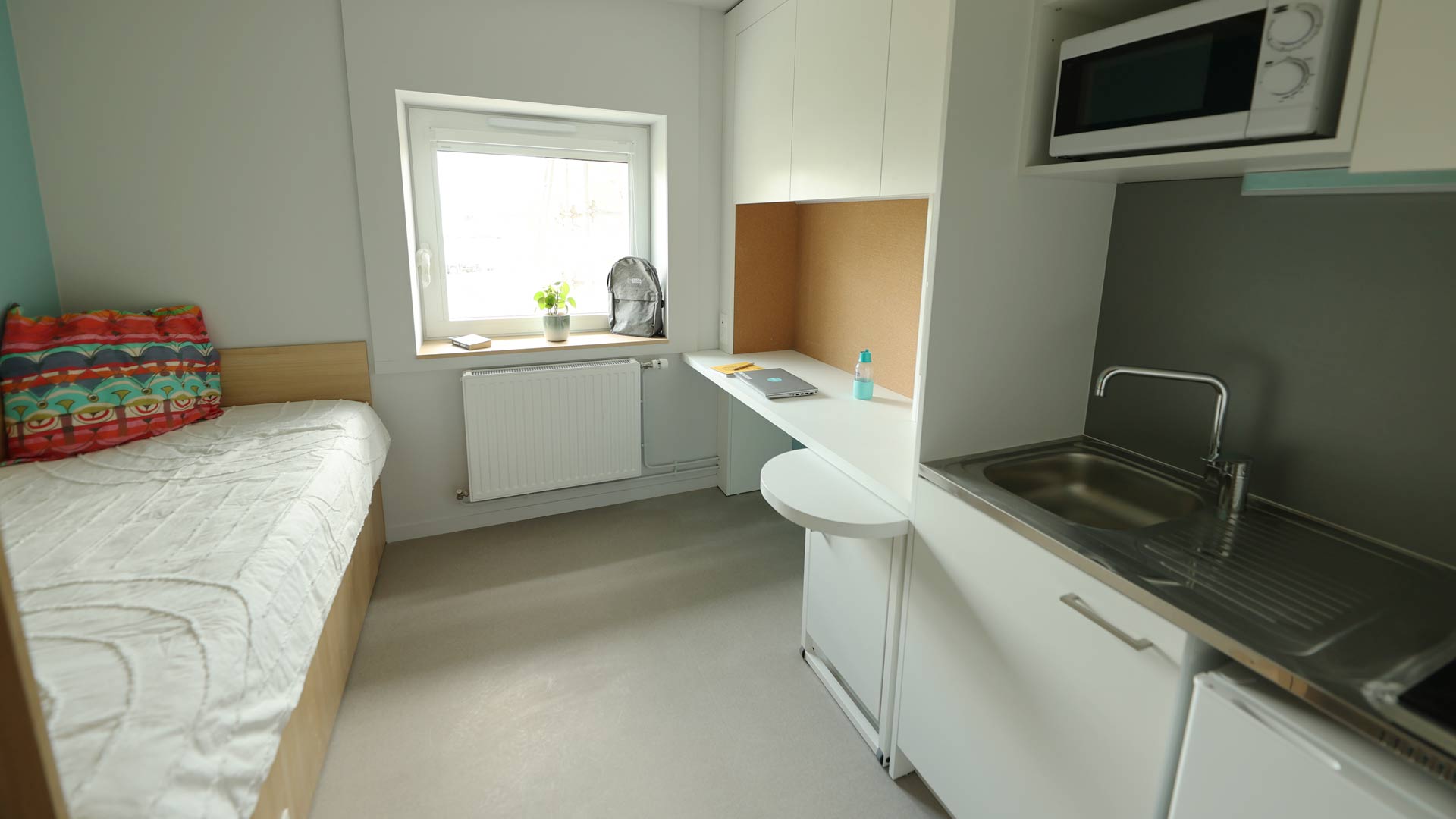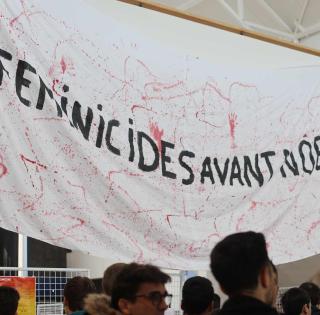

A huge tank for testing robots and swarms of autonomous drones
This is a tremendous step up in terms of extending testing capabilities for marine robotics for exploratory purposes (on the surface, underwater and aerial). For research projects are experiencing strong growth in these areas. The most recent examples are the MARTOC and ID-GF projects, funded by France 2030 and launched this year with industrial partners in response to the “Grands fonds marins” (Deep Sea) call for proposals.
These marine robotics facilities will be unique in France and sized to accommodate the different types of marine drones and exploratory methods developed at the ENSTA Bretagne research center (UMR Lab-STICC).
This new site will provide optimal conditions for validating the detection, localization and co-ordination algorithms of autonomous robots developed on campus by researchers in the information and communication science and technology (STIC) department (Lab-STICC).
Measuring 20 metres long, 12 metres wide and 6 metres deep, this test tank will be built into a specific structure that lets through GPS waves (timber framework and textile membrane). Thanks to the addition of an overhead flight area, it will be possible for the marine robots in the tank to communicate with flying drones. The site is also expected to have a bridge crane, for deploying prototypes, a workshop area overlooking the tank and a storage area.
Work on this site began in 2023/2024, with a demolition phase of the old building and laying down of deep foundations (piles to stabilise the uneven ground). The structural works will commence in mid-September 2024. Delivery is scheduled for the end of 2025.

From dorm rooms to studios : full revamp of the student residence
This fall, the first renovated building, out of the six making up the residence, was officially opened. The school now offers a choice of studio-rooms for new students for the first time. There are still five successive works phases to go until the renovation of all the buildings of the student residence, which takes up a large area of the campus, is complete.
This first building’s 34 studio-rooms are equipped with a kitchenette, bathroom and modular furniture. The building also has 3 communal areas and a laundrette.
This comprehensive revamp will continue until 2027. By the end of the project, 227 studio-rooms will be available for rent, including 4 double rooms.
Besides the fully redesigned facilities, this renovation also addresses the challenge of energy optimization. Energy savings of around 50% are expected thanks to better insulation and the installation of next-generation radiators powered by the district heating network.
These large-scale operations are financed under the 2021-2027 contract for regional development between the French State and the Brittany region (CPER). The €13.2m budget also encompasses – in addition to these two major projects – an energy retrofit of the campus (replacement of doorframes in several buildings and renovation of roof terraces).
All these projects highlight the thriving student scene at the school, which has had another excellent start to the new academic year with student intake swiftly reaching a thousand. Students come from all over France and various partner countries (15% international students).
















